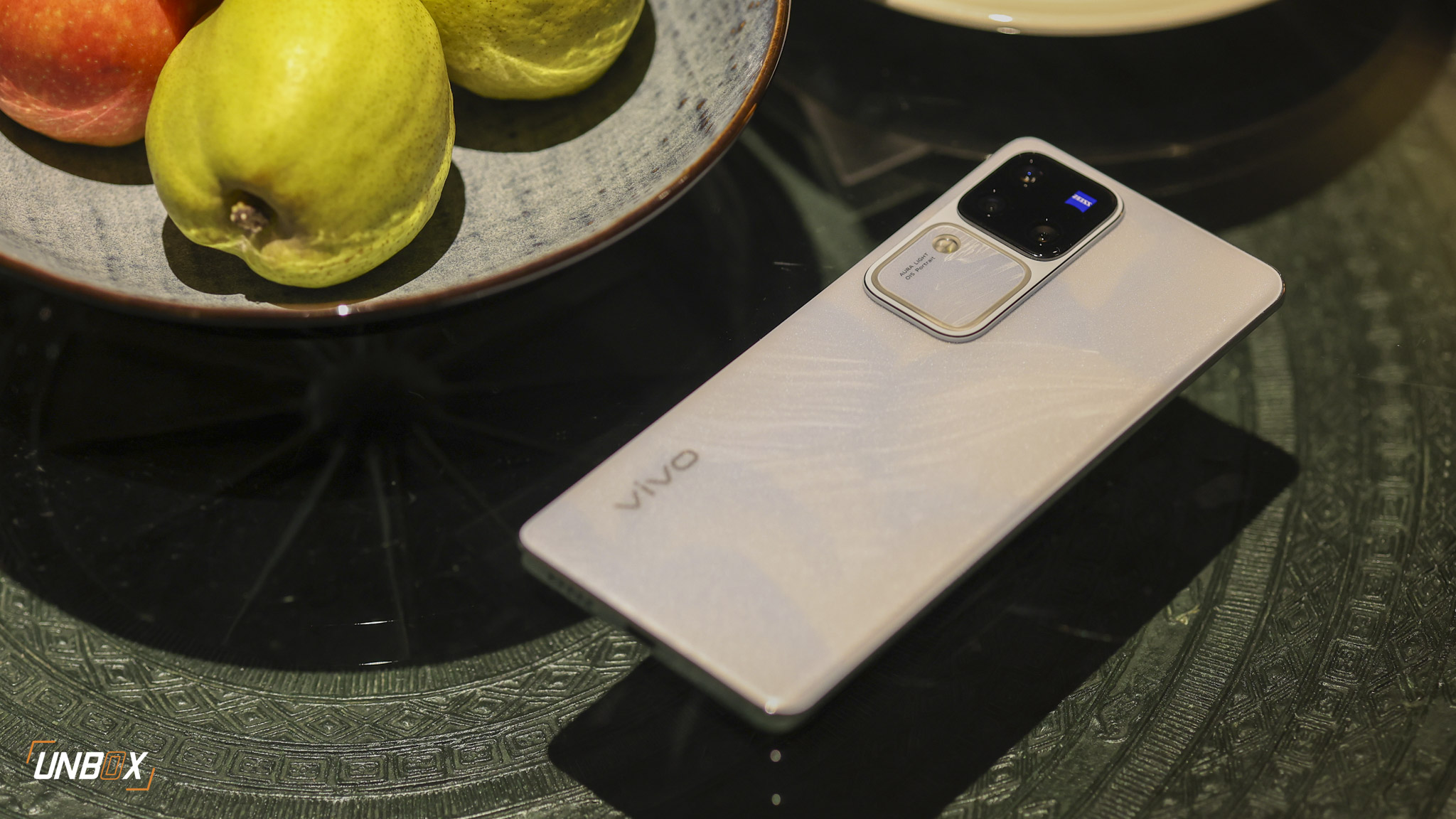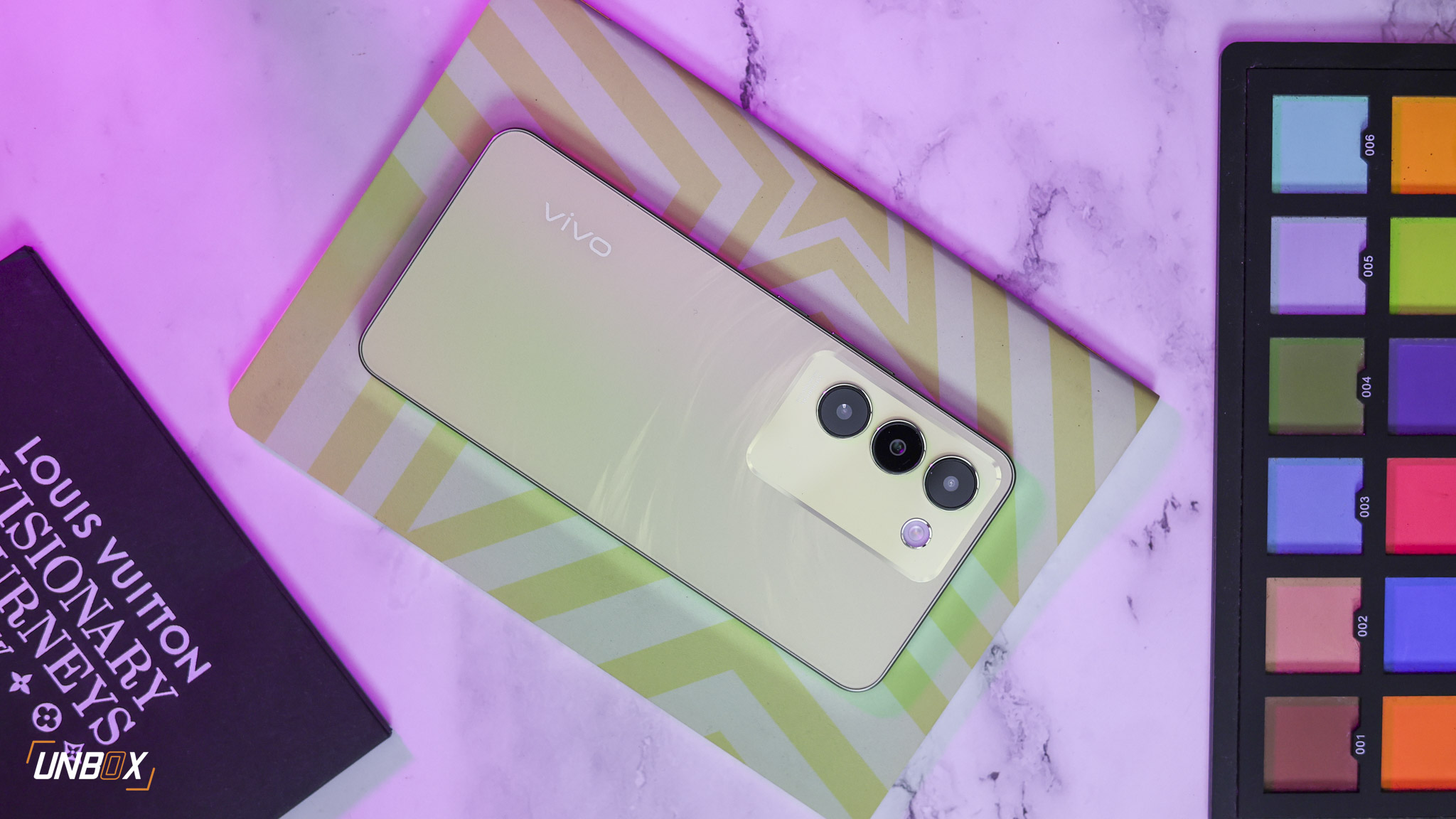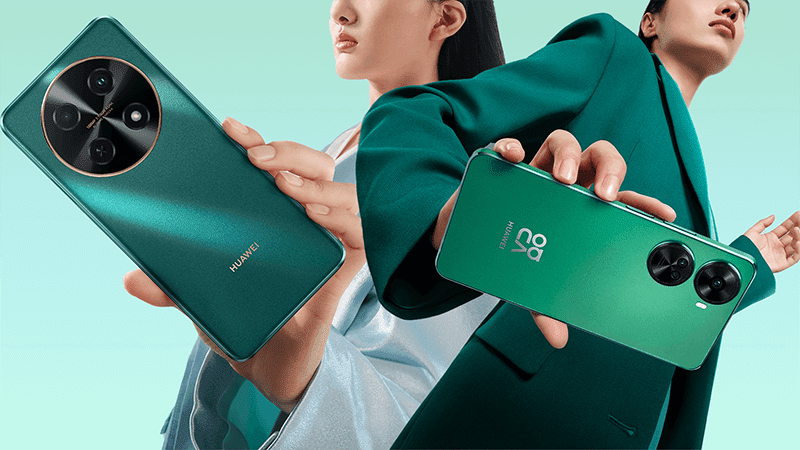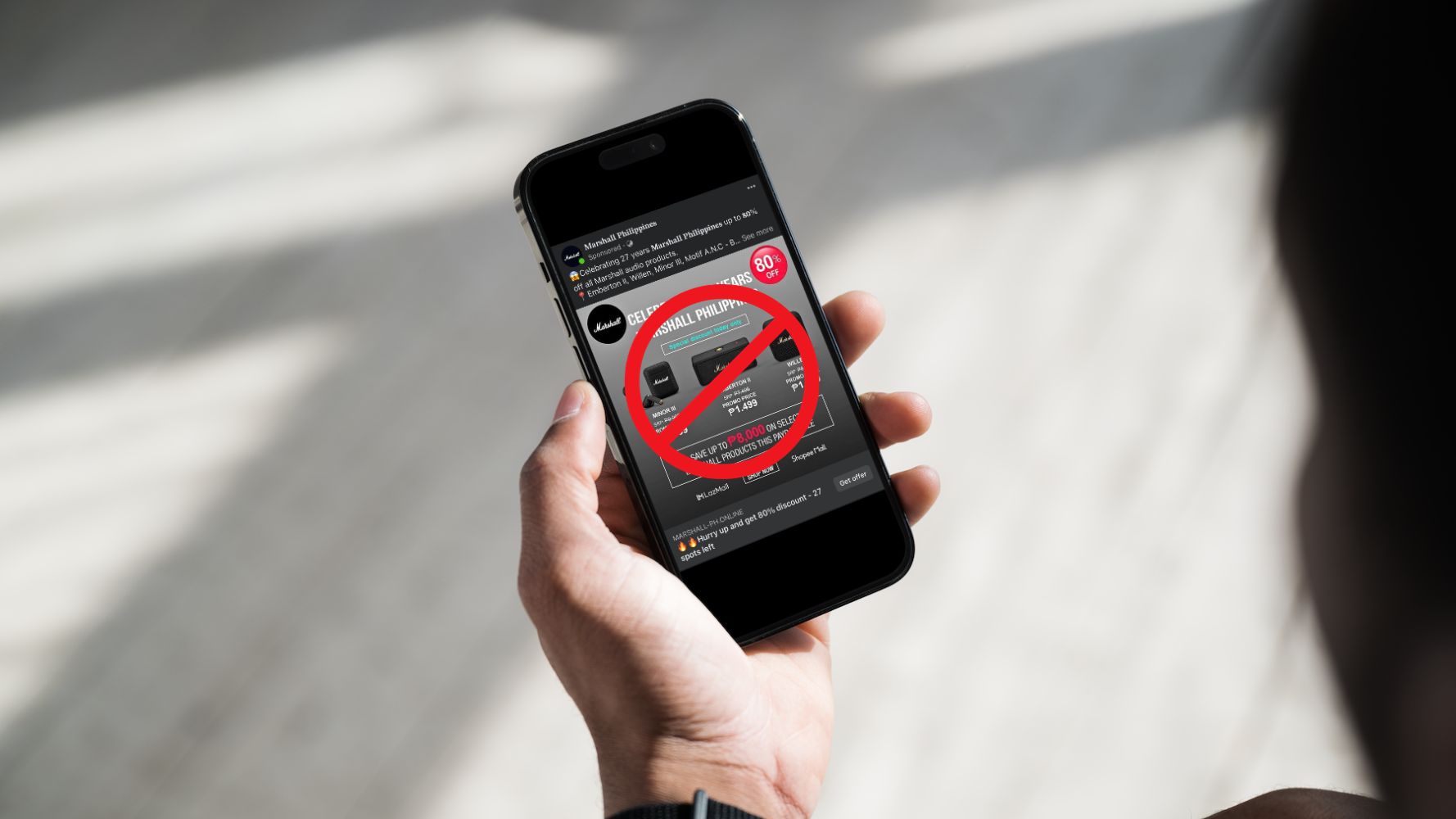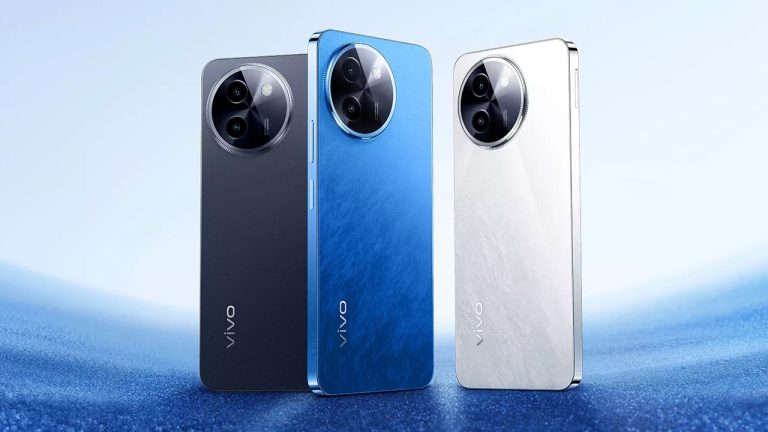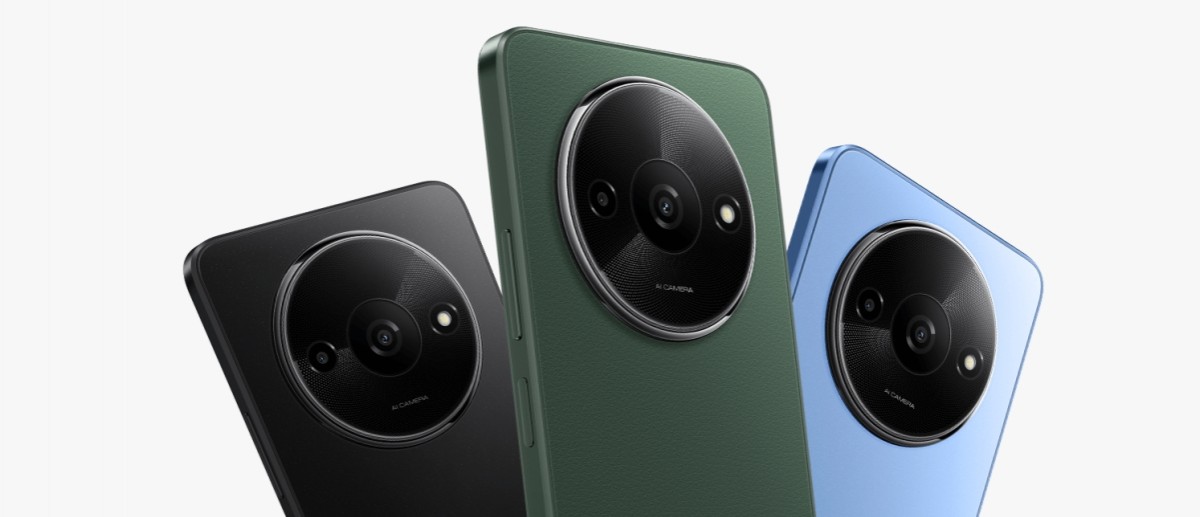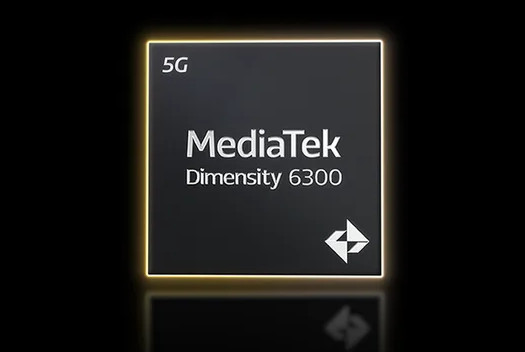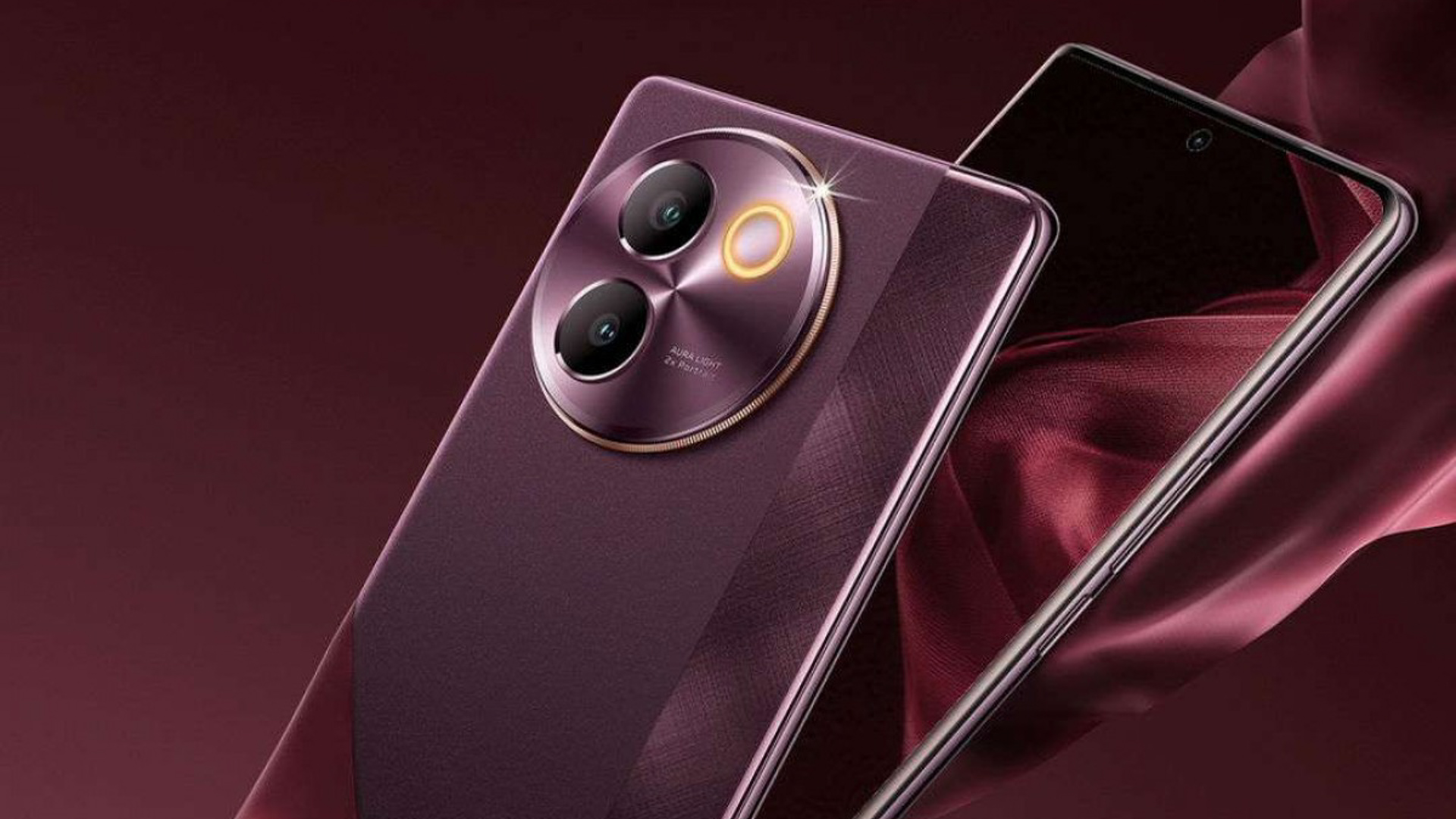
Selfie-oriented smartphones have been a growing trend for a couple of years now, as evidenced by the increasing number of manufacturers packing high-powered, front-facing cameras in their handsets. The best selfie-centric phones in the market right now even have two front cameras, boasting superior depth-of-field and bokeh for the “ultimate selfie shot.”
A Brief History of Cameras in Mobile Phones

Back in the day, though, before the mobile phone arms race became irreversibly crazy, cellphones (“dumbphones”, then) didn’t have cameras, much less selfie-oriented snappers. Eventually, analog “dumbphones” evolved into digital “smartphones”, which came with plenty of other features, including camera sensors.

According to Wikipedia data, the Sony Ericcson Z1010 in 2003 was the first smartphone to ship with a front-facing camera unit, and only as an afterthought feature. Fast-forward a decade into the future, and we’ve got phones specifically designed for the act of “selfies.”

Selfies as selling points
While manufacturers increased the fidelity and resolution count of front-facing cameras, it wasn’t until 2013 and 2014 when companies started to aggressively start marketing certain units as “selfie-centric” phones. In the Philippines, selfie smartphones started to gain traction when TIME magazine identified Makati as the selfie capital of the world. Local companies have outed their own interpretations of the selfie smartphone back in 2014 and 2015, with devices like the Starmobile Diamond D3, Cherry Mobile Selfie and the MyPhone Rio Pixel. International brands like Huawei and even Microsoft tried to cash in with their own interpretations of the selfie-centric phone with the Huawei Ascend G6 and even the Microsoft Lumia 735. But one company took the selfie smartphone concept and built and entire product line around it – OPPO.

OPPO’s fixation with the selfie phone first started with their N1 smartphone, which further evolved into the motorized N3. Everything came to head when the company announced the first member of their new photography-focused F smartphone line, dubbed the F1. From there, the company’s selfie-centric portfolio has evolved, moving on from high-megapixel counts to their upcoming dual-camera models, the F3 and F3 Plus.

Dual camera evolution
Not to be outdone, OPPO’s sister company Vivo outed their own selfie-centric model. with a twist – using two front-facing cameras instead of a single unit . It’s a refinement of a concept that was first implemented by Lenovo’s Vibe S1. The idea is simple – adapt the same dual-camera concept used on phones like the Huawei Honor 6 Plus, P9 and HTC’s One M8 and apply it to the front cameras. A secondary camera is placed in tandem with the selfie shooter to take in depth information, which allows the phone’s software to blur out unwanted people and objects in the shot via artificial bokeh, leaving only the shooter’s face (and his/her pals) in the shot. What’s interesting is that shots taken with dual-selfie cameras usually end up with more convincing artificial bokeh effects compared to dual rear-camera devices because the subject takes up most of the frame.
Selfie Smartphones, Nowadays

Nowadays, selfie enthusiasts can go either the (usually) cheaper, single camera route or the (usually) more expensive, dual-camera path. There’re plenty of great choices in the market right now at varying price points.
Chinese manufacturers Vivo and OPPO are currently duking it out in the mid-range category. For single camera handsets, the Vivo V5, V5 Lite, and OPPO F1s are great options for those on a budget. ASUS’s aptly named Zenfone Selfie also belongs on this tier, though a bit dated by today’s standards.
Pricier, but more powerful single-cam choices include OPPO’s F1 Plus, Sony’s Xperia XA Ultra, ASUS Zenfone 3 Zoom, and the Samsung Galaxy C9 Pro.
For dual-selfie smartphones, Lenovo’s aging Vibe S1 is still in the local market, as well as the LG V10. The most recent dual-selfie shooter, and arguably the most potent as well, is the Vivo V5 Plus which features a 20-megapixel front camera coupled with an 8-megapixel secondary sensor.

The “Selfie King” title might change hands (again) in a few days, though, when OPPO finally unveils its own dual-selfie handset series, the OPPO F3 and F3 Plus. We’ll find out soon, when OPPO launches their new product line on March 23.









